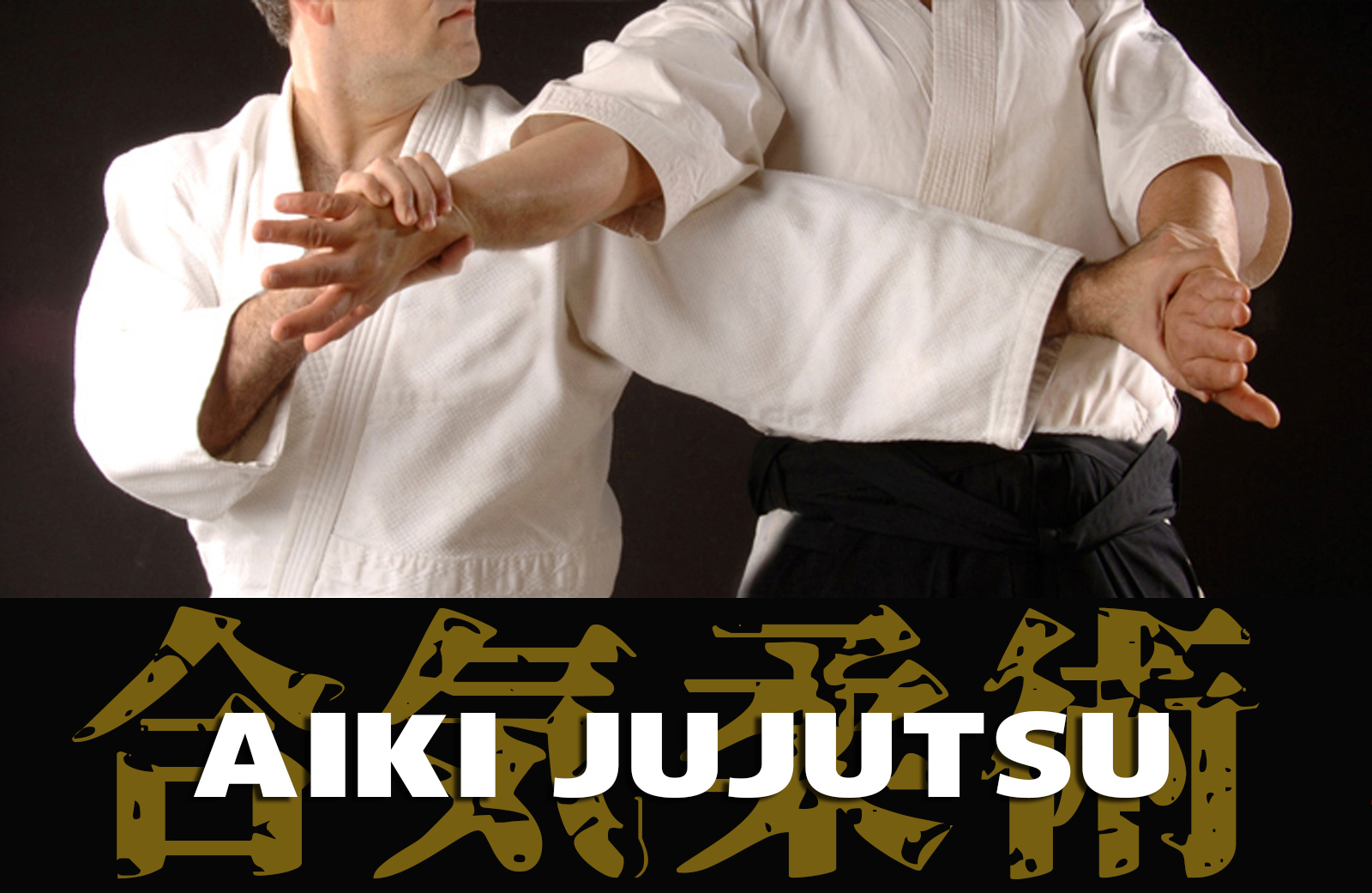Introduction & evolution to Daito ryu
The term "Aikijujutsu" is written as 合気柔術. Here are the meanings of each character:
· Aiki (合気): Refers to the harmonization of energies, the ability to adapt, and channel the opponent's force in a specific manner.
· Jujutsu (柔術): Means "the gentle art" or "flexible technique." Jujutsu is a general term for various forms of Japanese martial arts focused on self-defense and controlling the opponent through a specific use of force and resistance.Therefore, "Aikijujutsu" implies a martial arts system that combines the harmonization of energies (aiki) with flexible and adaptive techniques (jujutsu) to achieve an efficient response to aggression.
Daito Ryu Aikijujutsu, an ancient form of jujutsu, originates from the teachings of Sokaku Takeda (1859-1943). This martial art is distinguished by its emphasis on aiki, the harmonization and control of the opponent's energy. Techniques aim to neutralize aggression through pressure on vulnerable points, manipulation of joints leading to dislocation, and projections involving spherical movements to unbalance or throw the adversary. Daito Ryu is taught in various schools and organizations, each with its unique techniques and characteristics, ranging from unarmed techniques to schools that teach the handling of weapons like the saber.
Advanced practitioners delve deeply into forms and principles to master the foundations of aiki. The historical and technical connection between Daito Ryu Aikijujutsu and Aikido is undeniable. Morihei Ueshiba studied with Sokaku Takeda for several years, incorporating elements of Daito-Ryu into his own evolution of Aikido. Although Aikido diverged towards a more spiritual and harmonious approach, Daito-Ryu remains an essential root in the history of Aikido.
We teach Daito ryu Jujutsu / Aikijujutsu, and in doing so, we immerse ourselves in one of the oldest and most fundamental schools of Japanese martial arts which is characterized by its deep knowledge of control techniques, defense, and the application of energy through Aiki.
Aiki is one of the cornerstones of Daito ryu, which involves the ability to blend and neutralize the opponent's energy rather than confronting it directly. This approach allows practitioners to execute highly effective techniques using the least possible effort, while maintaining harmony and precision in every movement.
Practicing Daito ryu not only involves perfecting combat techniques, but also developing a deep understanding of the traditional principles of Bujutsu, encompassing both the use of weapons and unarmed combat. The teachings of the school are passed down through kata (structured forms), which allow each student to understand the application of these principles in real-life situations.
By teaching and practicing Daito ryu, we not only preserve an ancient martial tradition, but also foster personal development, discipline, and mutual respect among the members of our school.
Seibukan Department of Daito ryu Jujutsu - Aikijujutsu - Aikibudo
Seibukan Budo [SBIF] recognizes Japanese classical martial arts, collectively known as Nihon Kobudo, encompassing disciplines such as Jujutsu - Aikijujutsu - Aikibudo, Kenjutsu, Iaijutsu, and Jojutsu. This recognition is rooted in the preservation of a unique cultural heritage and the transmission of techniques and combat strategies with and without weapons, ensuring the continuity of age-old traditions for future generations.










No comments:
Post a Comment